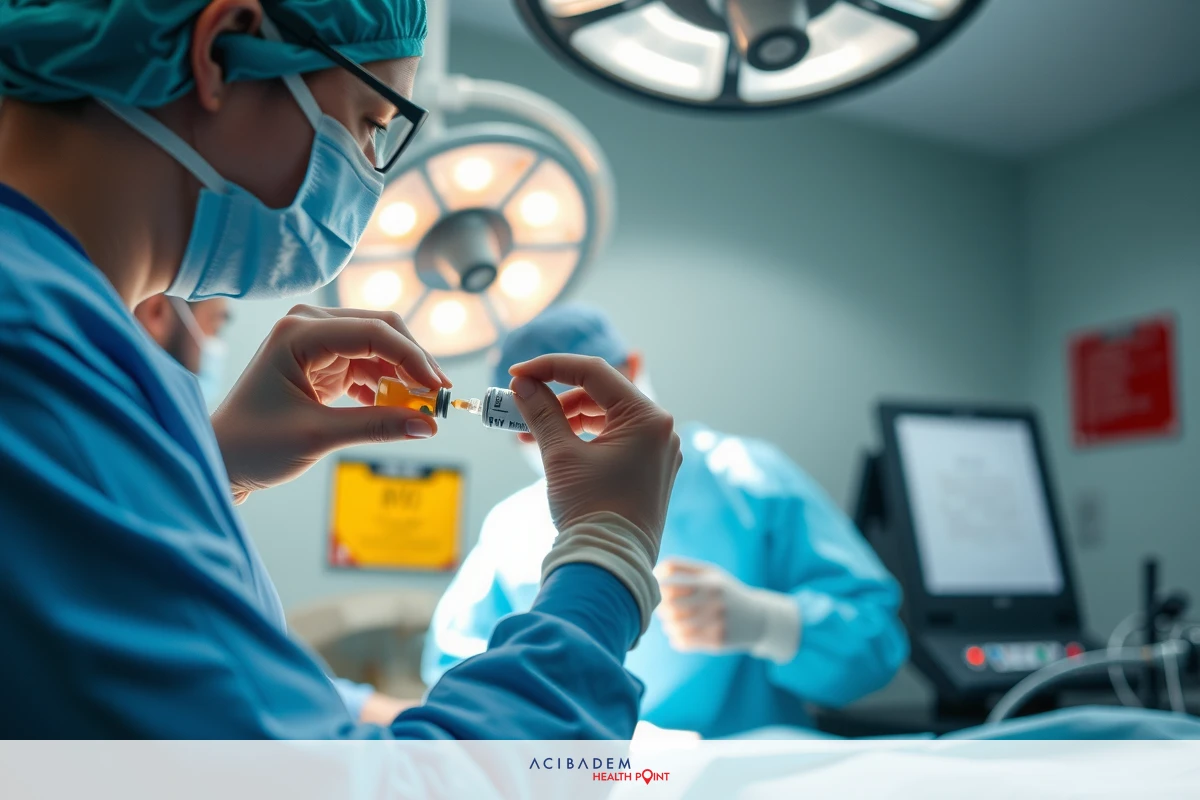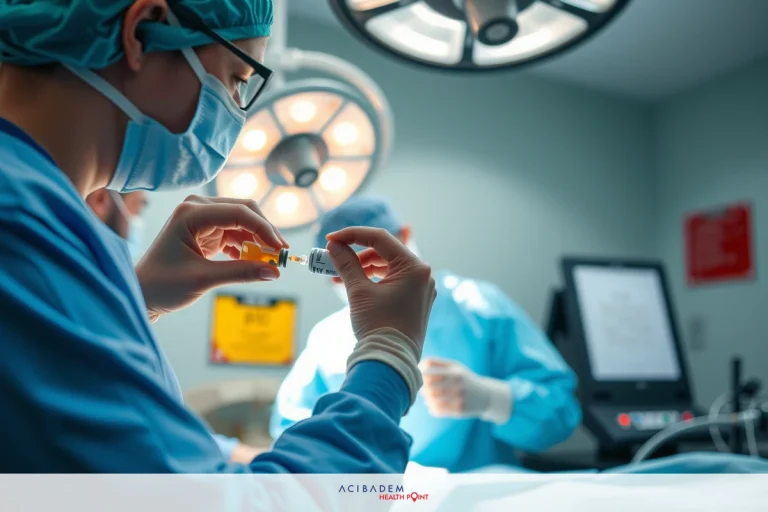Will Truvada Affect My Rhinoplasty?
Will Truvada Affect My Rhinoplasty? Truvada, a medication hailed in the medical community for its role in HIV treatment and prevention, presents an intriguing interplay with rhinoplasty. The landscape of cosmetic surgery, where rhinoplasty holds a prominent place due to its transformative effect on individuals’ self-esteem and appearance, often intersects unexpectedly with various facets of overall health management. This intersection becomes particularly pronounced when you consider medications such as Truvada.
Delving deeper into understanding this interaction invites us to navigate the intricate labyrinth of pharmaceutical impacts on surgical outcomes—an endeavor that is both fascinating and necessary. Rhinoplasty’s delicate dance with Truvada creates a scenario replete with nuances worth investigating. Such inquiry not only enriches our knowledge but also equips us better for making informed decisions regarding personal healthcare paths.
What is Truvada?
In the realm of medical science, Truvada has emerged as a groundbreaking medication. Designed to combat Human Immunodeficiency Virus (HIV), it plays a pivotal role in both treatment and prevention strategies. While its primary use is for those already diagnosed with HIV, it’s also employed as a preventive measure in Pre-Exposure Prophylaxis (PrEP) for individuals at high risk of contracting the virus.
Delving into its composition, we find that Truvada is a combination medicine containing two antiretroviral drugs: Emtricitabine and Tenofovir Disoproxil Fumarate. These active ingredients work collaboratively to inhibit an enzyme called reverse transcriptase—an essential component that viruses like HIV utilize to multiply within the body. By thwarting this enzymatic action, Truvada effectively impedes viral progression thereby allowing one’s immune system to operate more efficiently.
However, like any medication, this isn’t without potential side effects or implications on other health aspects—this includes surgical procedures such as rhinoplasty. Consequently, understanding how these elements intersect becomes vital in ensuring optimal surgical outcomes while maintaining effective HIV management.
Rhinoplasty Surgery
Rhinoplasty holds a significant position in the world of cosmetic surgery. Its primary goal is to reshape or resize the nose to enhance facial harmony and aesthetics. However, its scope extends beyond mere appearances, encompassing functional aspects like improving breathing difficulties related to internal nasal structures.
The process of rhinoplasty isn’t monolithic; it’s an intricate procedure tailored to individual needs and goals. It might involve modifying several components – reshaping nasal humps, narrowing nostril width, altering the angle between the nose and upper lip, or even restructuring the internal septum for improved airway functionality. This level of personalization underscores why it’s frequently regarded as one of the most complex aesthetic surgeries.
Despite this complexity—or perhaps because of it—the impact of medication such as Truvada on rhinoplasty outcomes becomes crucially important. As we continue our exploration into their interplay, understanding both these entities—Truvada as a representative player from pharmaceuticals and rhinoplasty representing surgical procedures—is fundamental in making well-informed healthcare decisions.
Potential Impact of Truvada on Rhinoplasty
Any surgical procedure requires careful consideration of the patient’s overall health, including medications they might be taking. In this context, it’s important to understand how Truvada may impact rhinoplasty outcomes. As a medication which influences the immune system—vital for healing and recovery—it stands to reason that there might indeed be an effect.
Truvada’s exact impact on rhinoplasty isn’t straightforward; several factors can influence its potential effects. For

instance, the timing of consumption in relation to surgery or individual physiological responses could play significant roles. While some patients may not exhibit any noticeable difference in their post-operative healing or result due to their robust overall health and strong immune function, others may experience altered wound healing timelines or even increased susceptibility to infections.
As with any medical decision involving multiple facets such as HIV management and cosmetic surgeries like rhinoplasty, a collaborative approach is key. It is crucial for patients taking Truvada who are considering a nose job surgery to have open discussions with both their infectious disease specialist and plastic surgeon about possible risks and benefits before making decisions. This integrative approach ensures that all potential impacts are considered – leading ultimately towards optimal healthcare outcomes. Will Truvada Affect My Rhinoplasty?
Frequently Asked Questions
What is Truvada mainly used for?
Primarily, Truvada is utilized in the treatment and prevention of HIV. It serves dual roles - as a part of antiretroviral therapy for those diagnosed with HIV, and as a preventive measure (Pre-Exposure Prophylaxis or PrEP) for individuals at high risk.
Can you describe what rhinoplasty entails?
Rhinoplasty, often known as a 'nose job', involves reshaping or resizing the nose to enhance facial aesthetics. Additionally, it can also address functional issues like breathing difficulties related to internal nasal structures. This procedure centers around individual needs and goals.
How might Truvada interact with rhinoplasty surgery?
The potential impact of Truvada on rhinoplasty isn't entirely straightforward. Factors such as timing of medication in relation to surgery could influence outcomes. Some patients may experience altered wound healing timelines or increased susceptibility to infections post-surgery due to their immune response being modulated by the drug.
Should I discuss taking Truvada with my surgeon if I am considering rhinoplasty?
Absolutely! Open discussions about your current medications—including Truvada—should be had with both your infectious disease specialist and plastic surgeon when contemplating any surgical procedure. This ensures all possible risks are considered before decisions are made.











